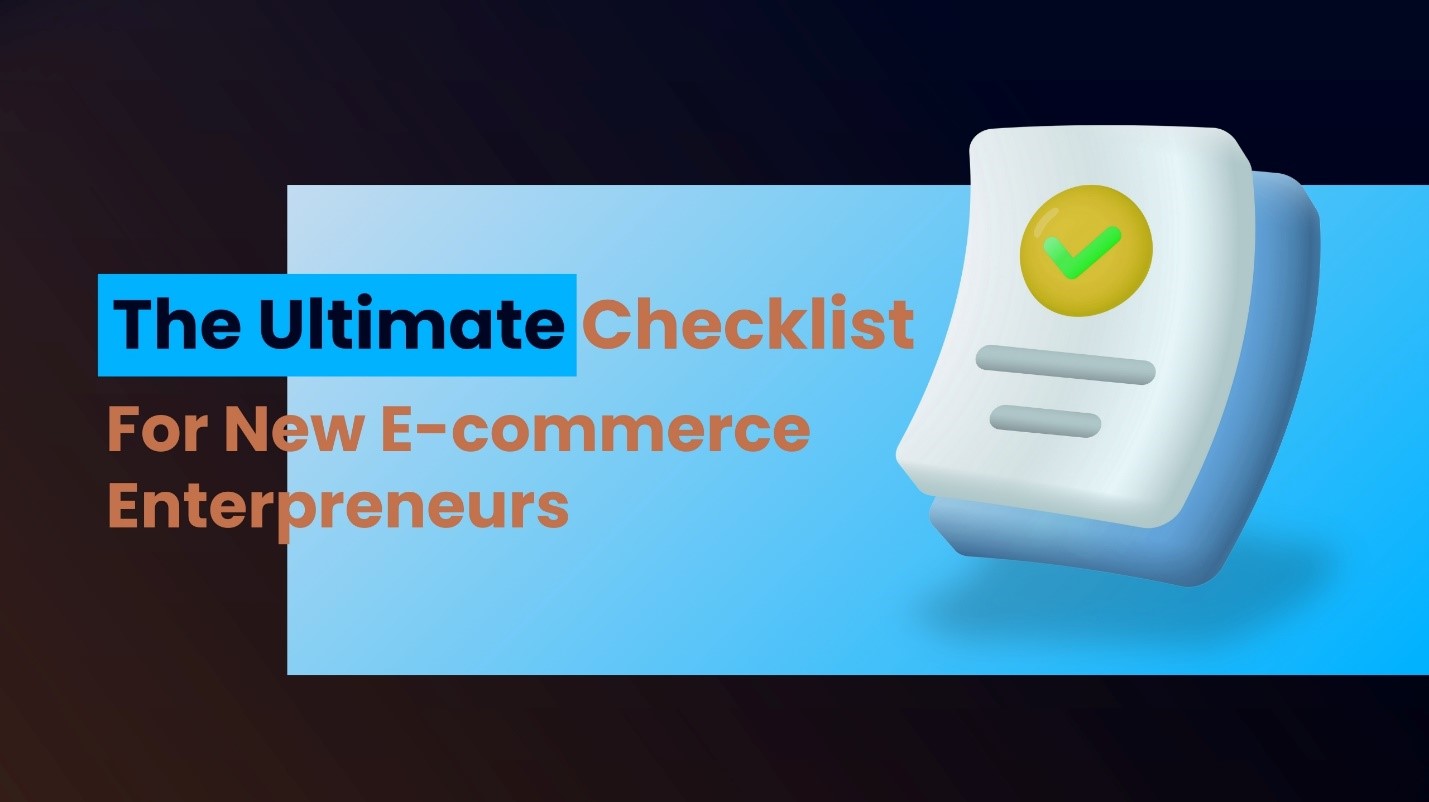The Ultimate Checklist for New E-commerce Entrepreneurs
- Define Your Niche and Target Audience
- Identify a specific market segment that aligns with your interests and expertise.
- Research your target audience’s demographics, behaviors, and purchasing habits.
- Validate your niche with market research tools like Google Trends and competitor analysis.
Tip: Narrowing your niche helps you stand out in a crowded marketplace.
- Create a Solid Business Plan
- Outline your business objectives, mission, and vision.
- Draft a financial plan, including startup costs, pricing strategies, and projected revenue.
- Set clear short-term and long-term goals.
Tip: Use free templates or tools like LivePlan to streamline your business planning.
- Choose the Right E-commerce Platform
- Select a platform that suits your business needs (e.g., Tinycart, Shopify, WooCommerce).
- Ensure the platform supports essential features like secure payment gateways, mobile optimization, and scalability.
- Test the platform’s user interface to ensure ease of use.
Tip: Tinycart is an excellent choice for Australian entrepreneurs, offering user-friendly tools and local integrations.
- Build a Compelling Website
- Invest in a professional and responsive website design.
- Optimize your site’s speed and ensure easy navigation.
- Include high-quality product images, detailed descriptions, and clear call-to-action buttons.
Tip: A fast-loading, visually appealing website boosts conversions.
- Develop a Marketing Strategy
- Leverage social media platforms like Instagram, Facebook, and TikTok to reach your audience.
- Use email marketing to engage with your customers and offer personalized deals.
- Optimize your website for search engines (SEO) to improve visibility.
Tip: Focus on platforms your target audience uses most.
- Register Your Business and Secure Legal Compliance
- Register your business name and obtain the necessary permits or licenses.
- Set up a separate business bank account for smoother transactions.
- Ensure compliance with tax regulations and data protection laws.
Tip: Seek professional advice if you’re unsure about legal requirements.
- Establish Reliable Payment and Shipping Methods
- Offer multiple payment options, such as credit cards, PayPal, and Afterpay.
- Partner with trustworthy shipping providers for fast and affordable delivery.
- Clearly outline your shipping policies, including delivery times and return procedures.
Tip: Free shipping can be a strong incentive for customers to purchase.
- Test Everything Before Launch
- Perform extensive testing of your website, including functionality, loading times, and mobile compatibility.
- Conduct trial transactions to ensure your payment gateway works seamlessly.
- Gather feedback from friends or beta testers to identify areas for improvement.
Tip: First impressions matter. A flawless launch can build trust and credibility.
- Launch and Monitor Your Performance
- Announce your launch with a strong promotional campaign.
- Use analytics tools like Google Analytics or platform-specific insights to track performance.
- Regularly evaluate your sales, customer feedback, and website traffic to make data-driven decisions.
Tip: Adjust your strategies based on real-time data to optimize results.
- Focus on Continuous Learning and Adaptation
- Stay updated on industry trends and emerging technologies.
- Network with other entrepreneurs and join e-commerce forums or groups.
- Regularly update your website and offerings to meet customer demands.
Tip: Growth comes from constant learning and adapting to change.
Final Thoughts
Starting an e-commerce business is a rewarding journey, but success requires careful planning and execution. By following this checklist, you can set a strong foundation for your online store and increase your chances of thriving in the competitive e-commerce world.

